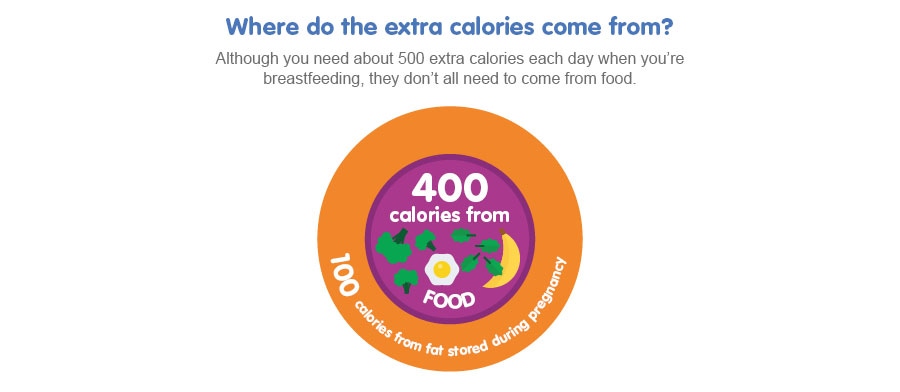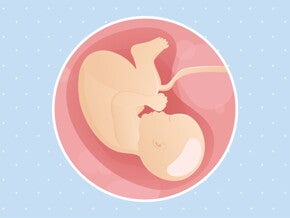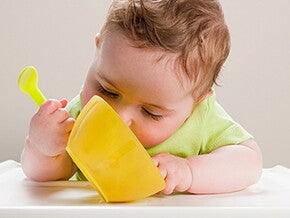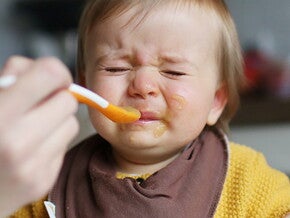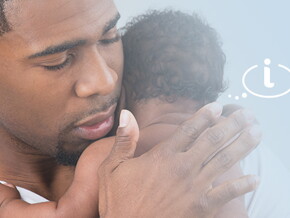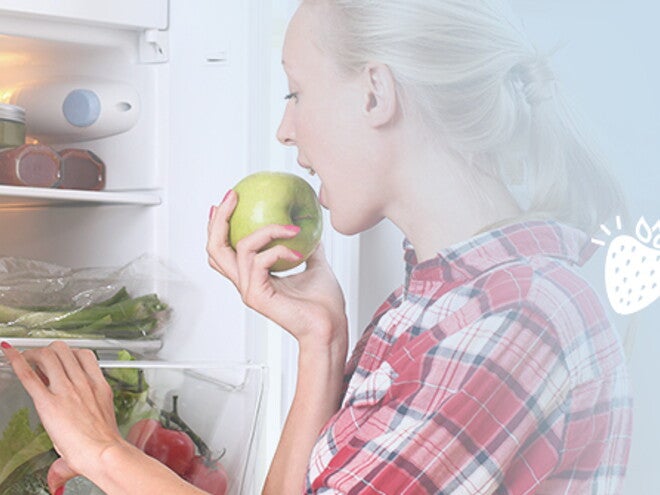
As a breastfeeding mom, your body needs a lot of energy, hence calories.
As a mom who is breastfeeding, your body needs a lot of energy. You need energy both to create breast milk for your baby and to help you look after your little one!
Every woman is different, but if your pre-pregnancy weight was in the recommended range, you probably need between 400 and 500 additional calories per day to produce breast milk. That’s on top of the approximate 2000 calories the average woman (who is not pregnant) needs per day.
Some of these extra calories will come from the fat you stored during pregnancy and the rest will come from food. Of course you may need more or fewer calories, so check with your healthcare provider.
Balanced eating
It’s not just about calories. Eating a couple of extra dessert foods, for instance, isn’t the answer! Healthy foods that are rich in nutrients will help your body produce high-quality breast milk. Eating well now can support your baby’s healthy growth, development, and future growth. It can also help maintain your own stores of nutrients.
As a mom who is breastfeeding, you need more nutrients. Some of these include protein, calcium, docosahexanoic acid (DHA—a type of healthy fat), folic acid, zinc, iodine, iron, selenium, vitamin D, vitamin A, and several B vitamins. This means you need to choose nutrient-rich foods so you get the nutrients you need without consuming too many extra calories.
For more on the specific nutrients you need during breastfeeding (and why), see The Breastfeeding Mom’s Diet Quiz
To get you started, see below for suggestions of 400-calorie snacks that combine servings from the five food groups. And, for a quick list of 100-calories snack ideas, see The 100 List from the pregnancy section of the program.
Food maths!
Here’s how you might build your own 400-calorie snacks or mini meals from the five food groups. Mix and match servings (one circle = one serving) from the different food groups to hit your extra-calories goal.

Sources
Allen LH. B vitamins in breast milk: relative importance of maternal status and intake, and effects on infant status and function. Adv Nutr 2012; 3(3):362-9.
American Academy of Pediatrics Policy Statement. Breastfeeding and the use of human milk. Pediatrics 2012; 129:e827–41.
James DC, Lessen R. Position of the American Dietetic Association: Promoting and supporting breastfeeding. J Am Diet Assoc. 2009; 109(11):1926-42.
Kolasa KM, Firnhaber G, Haven K. Diet for a healthy lactating woman. Clin Obstet Gynecol 2015; 58 (4):893-901.
Exchange Lists for Weight Management. The American Diabetes Association, Inc. and The American Dietetic Association 1995.
